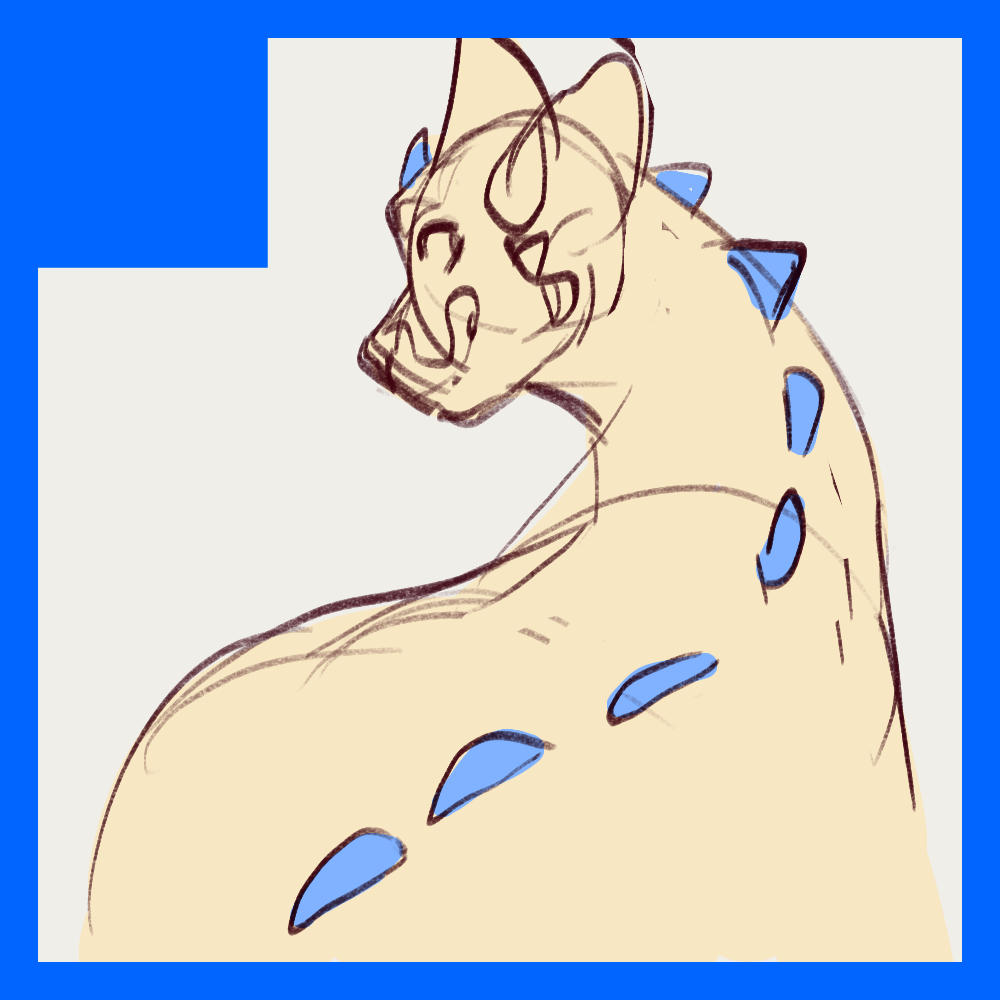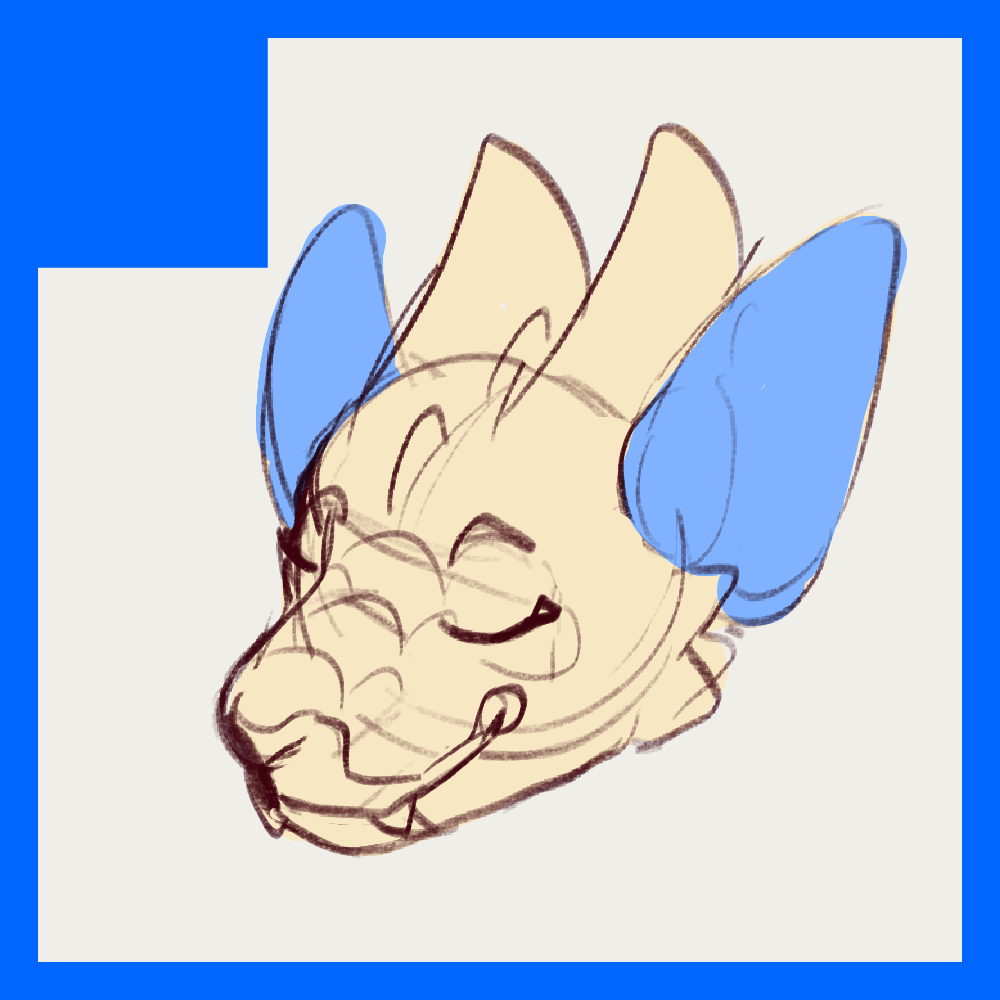Traits
Unusual Scale Material (Myth)
Scales are fully or partially made from a non-standard material (ex: slime, metal, wood, stone,etc.).
Unusual Innards (Myth)
The serptail’s flesh, mouth, and innards are made from nonstandard materials (goo, candy, magma, etc.).
Shaped Pupils (Uncommon)
Any pupil shape which is not standard to the serptail’s type.
Koi Fins (Uncommon)
Adds koi fins. Exclusive to semi-aquatic snake inspirations. (ex: an anaconda)
Koi Whiskers (Uncommon)
Adds koi whiskers. Exclusive to semi-aquatic snake inspirations. (ex: an anaconda)
Webbed Spines (Uncommon)
Adds webbing to the spine or spine hood. Replaces the heat pits with electroreceptors, allowing them to sense electric currents underwater like sharks and platypi. Exclusive to semi-aquatic snake inspirations (ex: sea snakes.)
Electric Eel (Uncommon)
Allows the Septail to generate strong electric shocks along the body. Exclusive to Venomous serptails with the semi-aquatic mutation.
Standard Spines (Common)
Standard Spines
(Click to Expand.)
- As many or as few spines down the back of any variable length desired.
- Spines do not need to face the same direction as the horns.
Nasicus has a few spines exclusively on her head.
(Art by Max.)
Webster has spines turned upwards on both their neck and the end of their tail.
(Art by Max.)
Sirius has spines all along his back.
(Art by Max.)
Standard Horns (Common)
Colubrid Horns
(Click to Expand.)
Python Horns
(Click to Expand.)
Venomous Horns
(Click to Expand.)
General Standard Horns Rules
For all subtypes of Serptails. (Click to Expand.)
- Different horn shapes and sizes, including extensions and curls.
Bonnie has standard forward-facing colubrid horns.
(Art by Max.)
Daphne’s horn shape is the colubrid forward-facing horns but curled into a bull horn. This is the most common extension of the horns in a colubrid.
(Art by Jayedream, design by Plasmawolf2016.)
.
“Locket” has an extreme example of extended and curled horns, with them mimicking ram horns curling around its ears. Horns this extreme are allowed as long as they follow the rules of whichever type they are.
(Art by Aciinonyx.)
Serptail horn length is variable but will always grow in the direction they are pointing. For example, colubrid horns always point forward at their tips, while venomous and python horns always point toward the ground at their tips.
Standard Ears (Common)
Standard Ears
(Click to Expand)
- Different ear shapes like slightly drooping ears, rounder ears, sharper ears, and superficial tears.
Webster has ears that droop downwards like a rabbit’s.
(Art by Max.)
Fallow has large, upwards-pointing ears like a deer.
(Art by Plas.)
.
Birthday Cake has clipped or scalloped edges to their ears.
(Art by Jaye.)
“Jungle Juice” has small, rounded ears like a tiger’s.
(Art by Eyemittens.)
“Chocolate Zebra” has ears that stick straight up.
(Art by Max.)
.
“Vicious Venus” has tattered, ripped ears.
(Art by Eyemittens.)
Scaleless [Snake] (Snake-Specific)
Not many Serptails have this trait because, in real-life breeding practices, scalelessness is uncomfortable for the animal.


